It's been 4 years since my sourdough starter had to be thrown away.
Rest in peace, my bubbly friend.
Do you remember in lockdown when everyone started making sourdough because of all the time on our hands?
Well, so did I. Except instead of keeping my sourdough starter alive after the pandemic died down, I murdered mine in cold blood.
Sort of.
Hello and welcome to Not a Vegetarian. I’m Jack Faulkner, and every week I share a different story and recipe from the world of food as I muddle my way through it.
This week, I’m talking about my sourdough journey. Starting like everyone else in the pandemic because I had nothing better to do, I created a sourdough starter, named him Xander, and created a few loaves of bread.
But it could never last…
However, before you consider reporting me to the police, subscribe to get all of my murderous ramblings delivered to your inbox every week.
It’s also the first ever week of my new column, A Recipe from You! This week’s entry comes from
, who shared her recipe for air fryer chips. It’s at the bottom of this post - but don’t forget to read the actual article as well!Let me explain.
A bit like a slightly unhinged God, the process of sourdough goes from giving life to feeding to taking away to, finally, death.
Faced with lots of time on my hands in 2020, I decided to give it a go.
But bearing in mind that this was only a few months after I started cooking again, I never realised that being a slightly unhinged God is a full-time job.
It turns out that it’s surprisingly easy to create life. It’s the keeping it alive that’s the problem…
Step 1: Life
The basis of all sourdough is a ‘starter’, which is basically a form of live yeast that is generally perceived as better than the dried stuff you get in sachets from the supermarket. Mainly because it means you can add the word ‘sour’ to the start of ‘dough’. Because as we all know, sour things are better than everything else.
To make one, all you need to do is combine some flour and water in a jar.
If you leave it there for a couple of days, instead of being toxic or turning into some kind of leprechaun potion like you might be expecting, it will start looking a bit bubbly and smell like the kind of alcohol you buy for 10p from the reduced aisle of your local corner shop. Of course, I only know this based on what other people have told me.
I digress. At this point, you have created life. Those bubbles show that the little microbes are respirating and that’s good. You can also give your little bacteria colony a name, and I chose Xander because… I don’t really know.
But just like humans, those bacteria can’t continue on without any new energy forever.
Step 2: Feeding
Thankfully, little yeast microbes aren’t very picky eaters, so don’t worry about having to buy them a McDonald’s or Hampshire watercress panna cotta with Parmesan shortbread and quail egg salad* every week. Instead, these little cells can’t get enough of flour.
It’s important to keep feeding your starter, otherwise he or she will die, so for the first few days, give them about 100g of flour per day.
However, even a collection of single-celled organisms can be snobby about food. In my case, I must have accidentally given them a bit of my northern European DNA as Xander couldn’t seem to get enough of rye flour.
This wasn’t great for my wallet, but I’m a soft touch and can’t resist the smile of a sourdough starter, so I started feeding him rye anyway.
I also found out that Xander worked best in warm conditions, after I left him in the airing cupboard for a few hours when I went out one day. I came home to discover my shirts completely ruined but my sourdough starter thriving.
Step 3: Taking away
As much as it would be great, sourdough starter’s don’t magically turn into loaves of bread overnight.
When it’s finally time to bake your first loaf, you just have to treat it like normal yeast (but add about 14x more). Add your flour, add your water, add your Xander, add your oil, knead, bake and - boom - you’ve made bread.
My first time using Xander also happened to coincide with my first time baking bread, so for me it wasn’t quite as straightforward as that. But after a couple of hours of Googling and a conversation with a lovely neighbour, I was ready.
Now, before I continue with the next sentence, you must understand that Xander worked really well. It produced lovely bubbles and made the bread rise a lot. However, despite his best efforts, my loaf came out as hard as a brick.
The photo above doesn’t even begin to illustrate the loaf’s sheer brickiness. The inside texture was so stodgy my knife got stuck in it, the outer crust - although bulletproof shell would be a better description - was impenetrable by the human teeth, and one slice was probably heavier than a whole supermarket loaf.
So it wasn’t a great success - but I would improve.
Step 4: Death
Over the next few weeks, I continued to bake my own bread. It gradually started to improve, and at one point I even baked a loaf that I would actually consider good, but then something disastrous happened (for Xander anyway) - lockdown ended. Suddenly, I didn’t have the time to make my own bread every few days, and I definitely couldn’t keep buying all this rye flour.
So, I made the incredibly difficult decision to put Xander in the fridge. Not exactly a death sentence, I know - but I was essentially putting him on hold until I could use him again, a day that I knew would probably never come.
I continued in this uneasy relationship until eventually, I left on holiday one week - and didn’t bring Xander with me. When I returned, I immediately rushed to the fridge to check him - but there wasn’t a bubble in sight.
Xander was dead. I had murdered him (sort of). Or at least neglected him. Which doesn’t sound much better.
Rest in peace, my bubbly friend.
*In case you still remembered that this asterisk existed, that was the starter course at Windsor Castle when Donald Trump dropped by earlier this month.
After thinking about Xander a lot this week, I decided to bake a loaf of bread in his honour. Not sourdough - I’m not going through that trauma again. Just a plain old loaf of ordinary white bread.
This bread recipe is surprisingly easy to make - it only takes up about 15 minutes of your time hands-on, and then you can forget about it for two hours until it’s time to bake. It’s 100% better than any bread you can buy from the supermarket.
Ingredients
500g strong bread flour + more for kneading
350ml water
1tbsp olive oil
7g sachet of fast-acting yeast
1tsp salt
1tsp sugar
Method
Combine all of the ingredients in a big bowl and mix to form a dough with a spoon or spatula.
Now, get your hands involved. Sprinkle some flour on your worksurface and combine the dough into a ball on there.
To knead, fold the dough over in half, then rotate 90° and repeat. Repeat this for 10 minutes, adding as much flour as necessary to stop it becoming too sticky.
When the dough stops sticking to your hands and worksurface, it’s ready.
Clean out the bowl and oil it, then place the dough inside.
Cover with a clean tea towel and put it somewhere warm, then leave it for an hour.
It should have doubled in size by now. Punch the dough to remove any excess air, then transfer to an oiled baking tin.
Leave for another hour.
Now, preheat the oven to about 190°C and bake for about 30 minutes, testing every so often to make sure it’s not burning.
To test it when you think it’s done, remove it from the baking tin and knock the bottom. If it sounds hollow, it’s ready.
A Recipe from You
This week’s recipe comes from
, who shared a recipe for battered chips. I haven’t had a chance to try these yet, but they sound delicious!I really enjoy getting these personal stories and feedback from everyone. If you have a story to tell - because let’s face it, we all do - leave a comment on this post with your favourite recipe, food, story, or anything really, and I’ll make sure to feature you next week.
Thank you so much for reading this week’s edition of Not a Vegetarian. If you enjoyed this strange foray into the world of sourdough, please like this post and subscribe to Not a Vegetarian. It’s really what keeps this publication going, so any help is welcome.
Now, I want to hear from you. Do you have any experience making a sourdough starter or baking bread in total? Leave a comment below and share your thoughts - I’d love to hear them.
Next week, I’ve got an extra-special edition lined up. I’ve been thinking a lot lately about cooking through the ages, and it suddenly dawned on me that my grandfather’s 90th birthday is coming up soon. To celebrate, I’ve asked him about his experience of eating during the war - from laxative pods soaked in water to buying chocolate from American soldiers - and I’ve put together a great piece of living history about it.
You really can’t miss this one.
See you then.



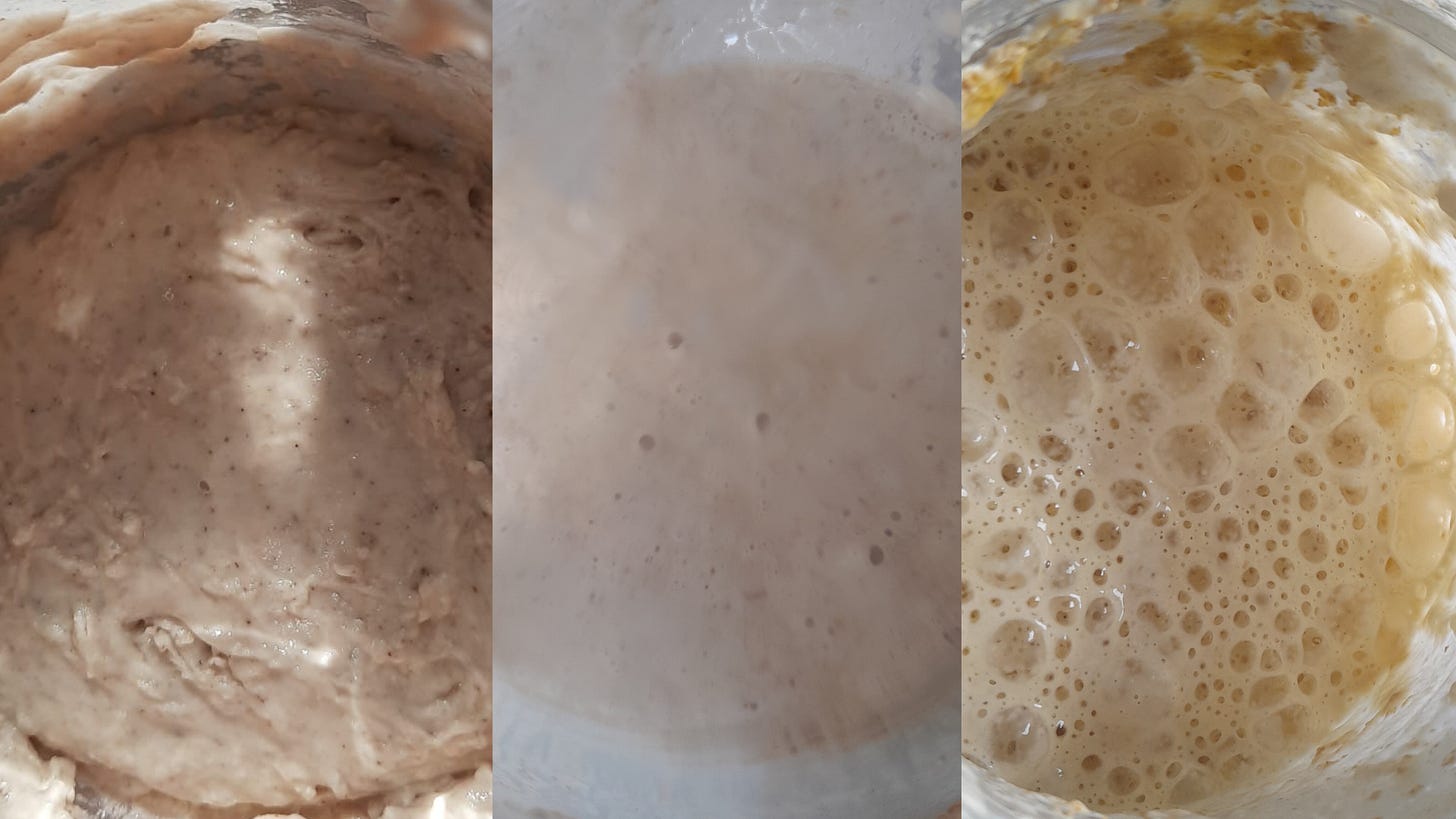
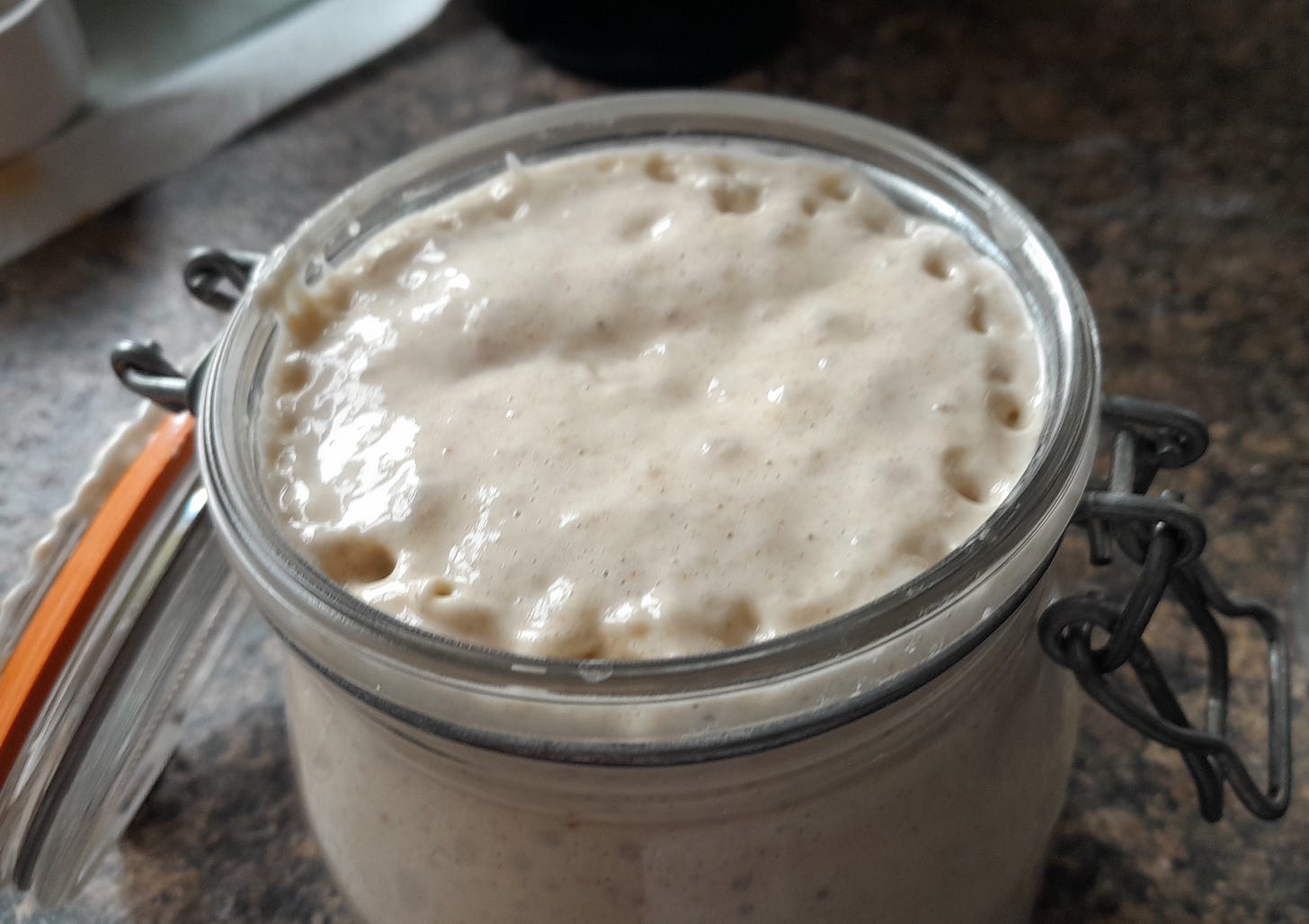
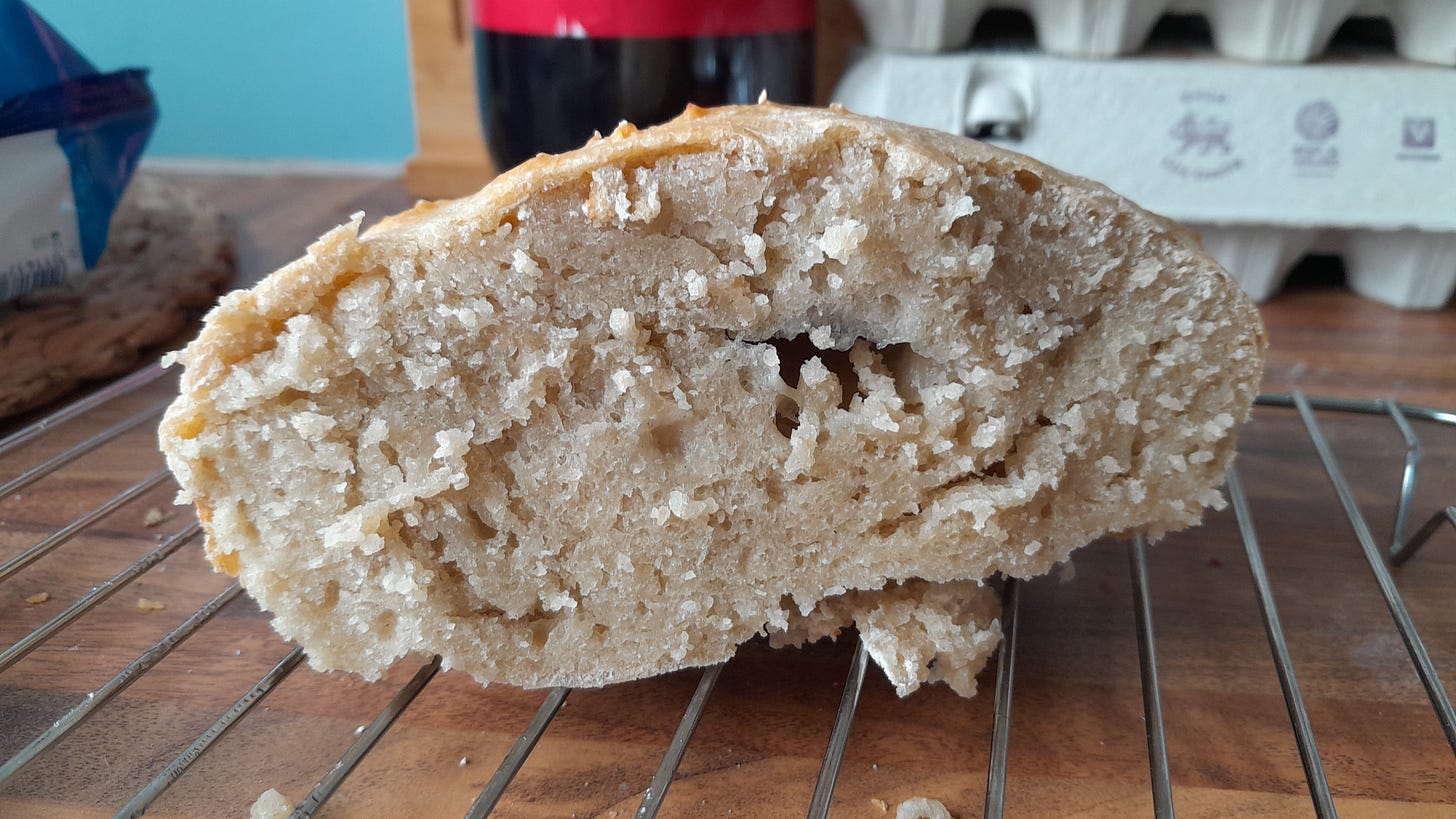
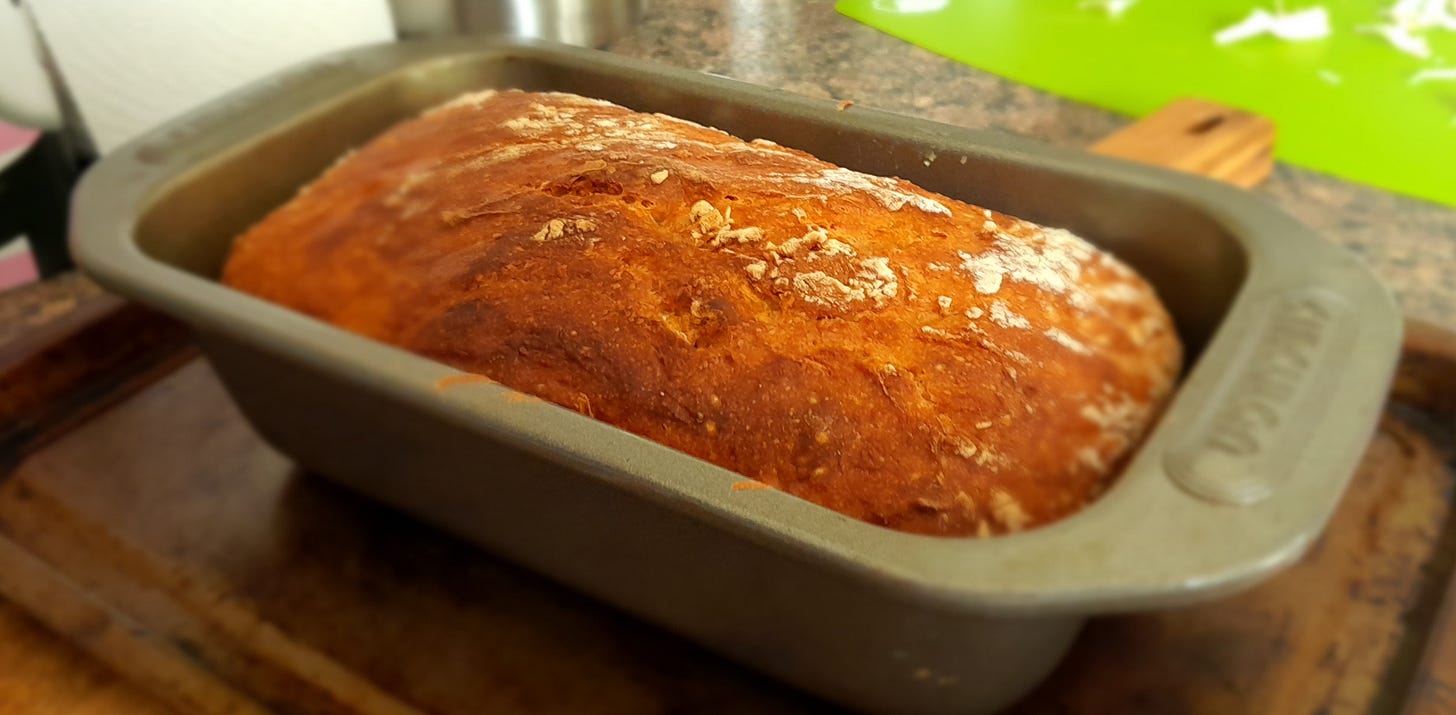

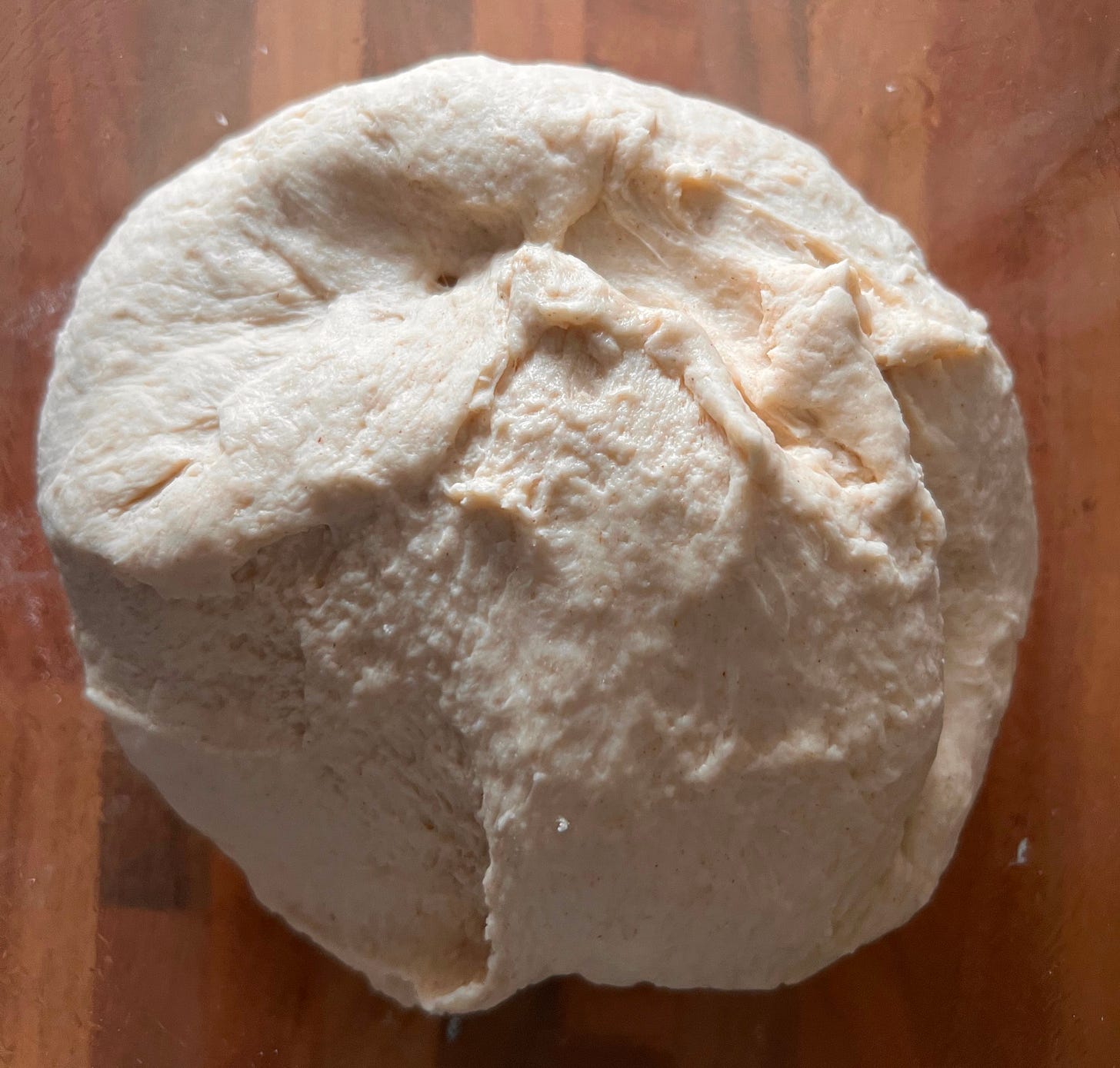
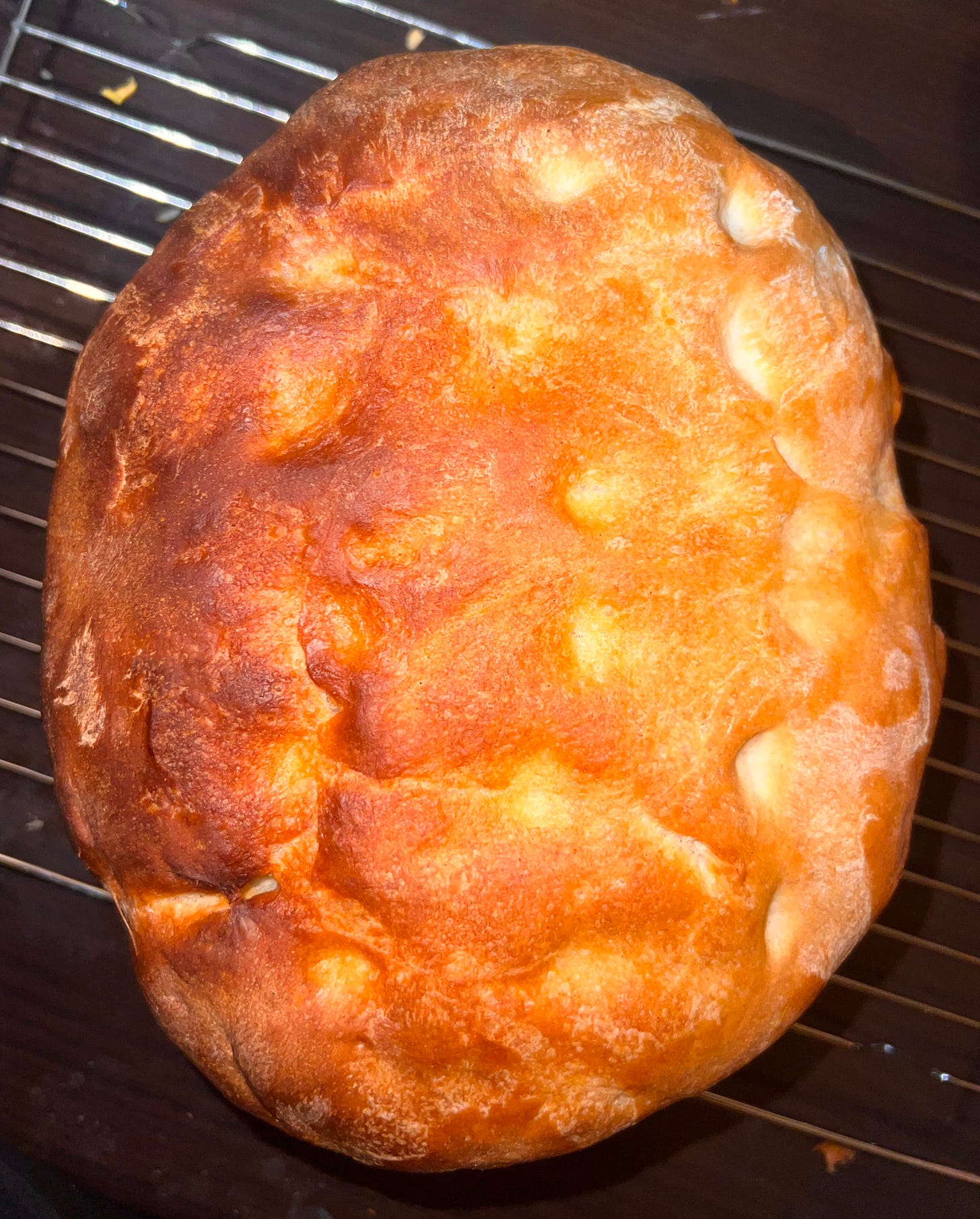

I’ve never made sourdough bread before. I’ve made beer batter pretzels but after this post and learning about Xander. I just may be a fan of sourdough bread 😆.
Xander is a great name for bacteria spores and leprechaun potions is right up my alley 😂. Now I need to go finish reading. My mind at first thought Alexander maybe that’s the evil cousin from a counter sponge.